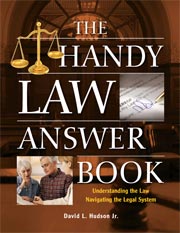Before the advent of money, exchanging goods was merely a matter of bartering. Livestock and grains often were used in ancient times as methods of barter, with one item exchanged for another. But there were definite limitations to this. For instance, if a farmer wanted to barter for a horse with wheat in the winter, he would have to know how to store the wheat in order to get the horse. Timing became essential, and sometimes meant the difference between surviving and dying.
Some of the first types of money included limestone coins (ranging in size depending on their value), tobacco, shells, whale's teeth, and even bread in medieval Iraq. The use of gold and silver coins is thought to have started around 650 B.C.E by the Lydians, who lived in the area between the Black and Mediterranean Seas. Before that, metals were traded as money in other forms, such as nuggets, rings, and bracelets. Paper currency first appeared about 300 years ago and was usually backed by some "standard" materials of natural value (such as gold) that could be converted on demand.
Using currency was a great improvement over the bartering system (although bartering still has its place in many countries, especially throughout smaller communities). For example, when gold became a trade standard, it was easier for the farmer to buy the horse in the winter with gold coins than try to store enough wheat (and keep away mice) to make the trade. In the West, as more and more people participated in the gold standard, the banking industry grew, paralleling the growth of trade and industry.
Today, monetary systems are deeply entrenched, with various types of currencies in a multitude of countries. Type of money keeps changing, too. For example, in 1988 the world's first durable plastic currency was introduced by Australia (plastic bills were seen as a way to frustrate counterfeiting). In 2000 the European Economic community introduced the Euro, a monetary unit that puts much of western Europe under a common currency. All this exchanging and changing of currency involves, of course, mathematics.
From
The Handy Math Answer Book by Patricia Barnes-Svarney and Thomas E. Svarney, (c) 2005 Visible Ink Press(r)
An invaluable guide that simplifies the complex world of math in a handy question-and-answer format.







